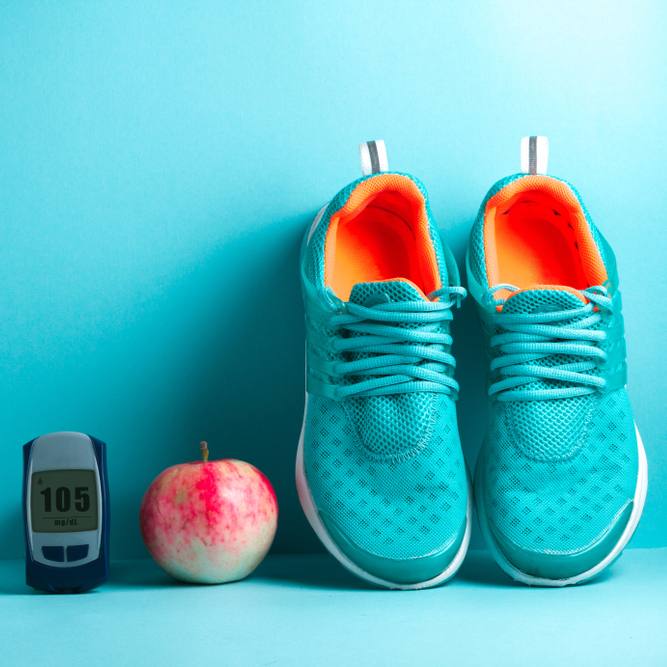-
Mayo Clinic Q and A: Walking can be an excellent part of weight-loss plan
DEAR MAYO CLINIC: I am 53 and about 60 pounds overweight. I want to start walking to lose some weight but don’t know where to start. What do you recommend? Would a tracking device help someone like me, or should I aim for a certain distance or number of minutes?
ANSWER: Walking can be an excellent part of a weight-loss plan, and wearing a monitor that tracks your activity can help you see if you are reaching your goals. It also gives you useful information about how much you are moving throughout the day, not just while you exercise. In addition, some studies show that wearing an activity tracker makes it more likely you will increase your activity.
The U.S. Department of Health and Human Services recommends that all healthy adults get at least 150 minutes a week of moderate aerobic activity, or 75 minutes a week of vigorous aerobic activity. When you want to lose weight, however, you may need up to 300 minutes a week of moderate physical activity. The guidelines suggest that you spread out your exercise over the course of a week. Activity sessions should be at least 10 minutes long.
When considering exercise options, some people wonder if walking really offers enough health benefits to be worthwhile. Let me assure you that walking can be very useful for both fitness and weight loss, as long as you walk at a moderate pace and get out and walk consistently. Of course one of the big benefits of walking is that you don’t need any special equipment other than a good pair of shoes, and you don’t have to go to a gym. You can take a walk around your neighborhood, on a track, on a treadmill or around your office building.
When you begin your exercise plan, consider incorporating some light weight training and stretching into your routines, too, along with the walking. Doing so can increase your muscle strength and range of motion, and both can help you avoid injuries as you increase your activity. Just make sure you use proper techniques during your weight training and stretching exercises. If you have questions about what’s right for you, talk to your doctor.
Although the activity recommendations talk about how many minutes you should spend exercising, a wearable device that tracks the steps you take each day can be quite helpful as you monitor your activity level. In general, walking 10,000 steps a day is the equivalent of about 150 minutes of activity a week.
In addition to counting the steps you take, many activity trackers also tell you how many calories you burn in a day. They may offer other useful health measurements, too, such as monitoring how much sleep you get and helping you keep track of how many calories you take in.
A wide variety of activity trackers is available on the market. As you decide which one is right for you, you may find it helpful to know that a recent study found that trackers worn around the waist tend to be the most accurate. Those you wear on your wrist tend to be the least accurate. That’s probably because some people move their arms when they are active and others do not. Trackers you hold in your pocket fall in the middle. The accuracy of all the newer activity trackers generally is better than older-style pedometers that measure only the steps you take.
One of the main advantages of wearing an activity tracker is that you will know how much you move all day long. That’s important because research shows that even if you exercise the recommended amount per day but spend the rest of the day sitting, you are still at higher risk for developing health problems, such as heart disease. Getting up and moving throughout the day is key to better health overall. — Edward Laskowski, M.D., Sports Medicine, Mayo Clinic, Rochester, Minn.







